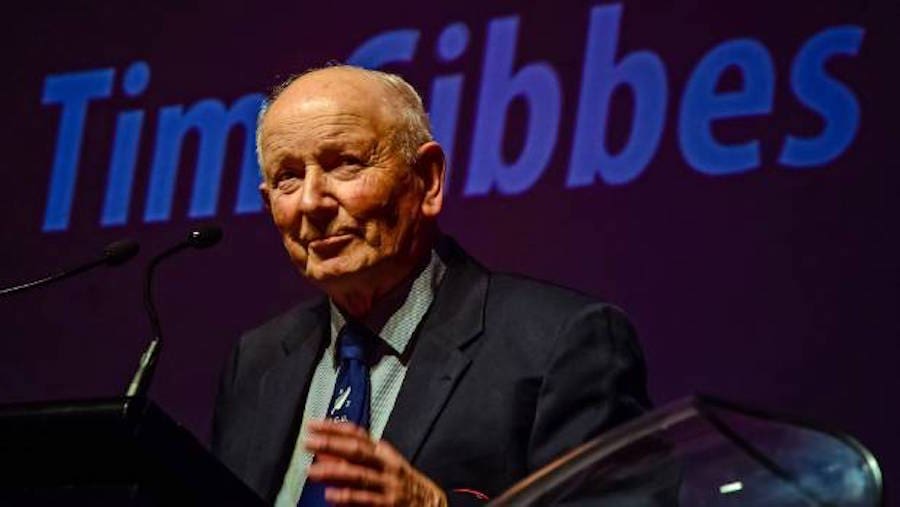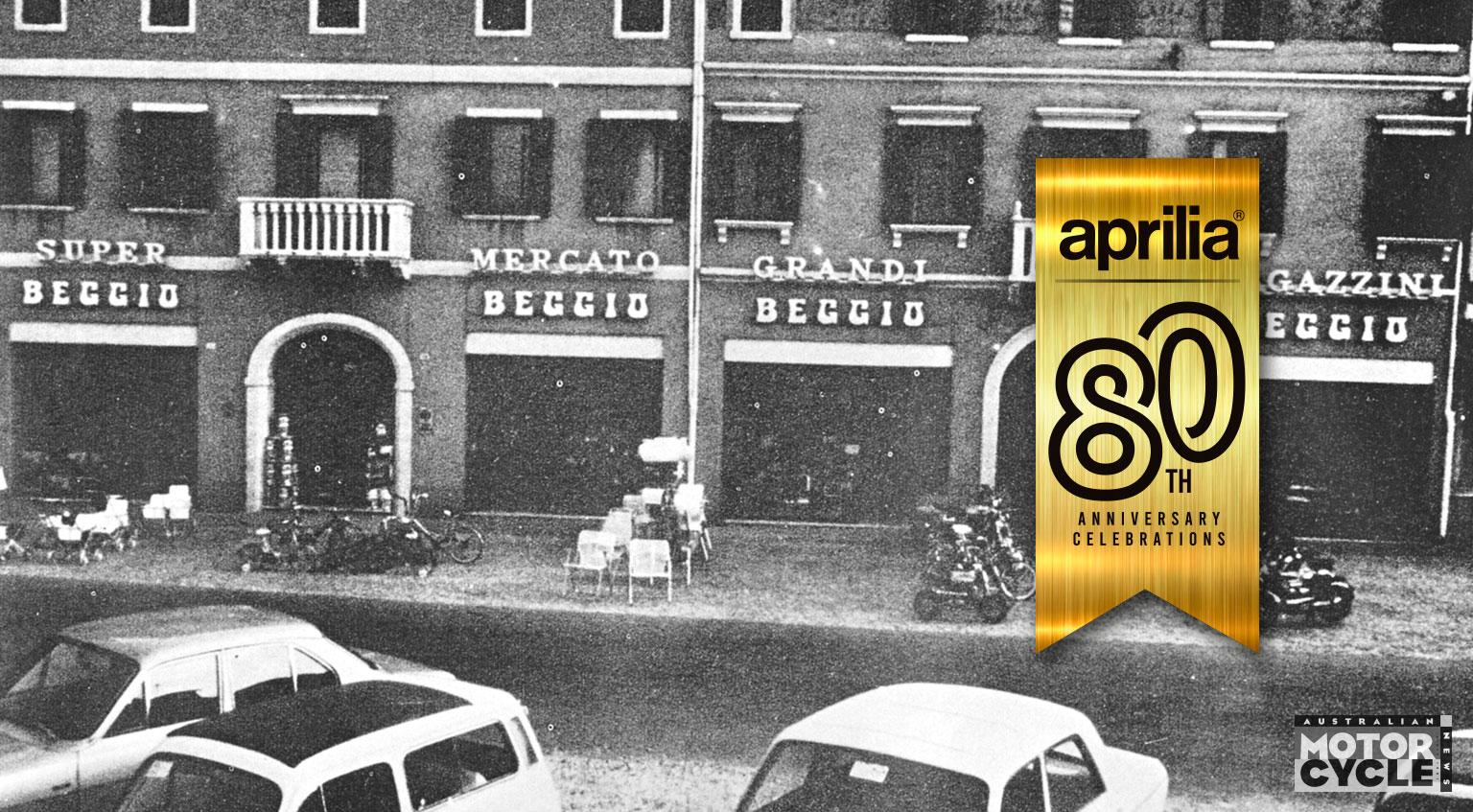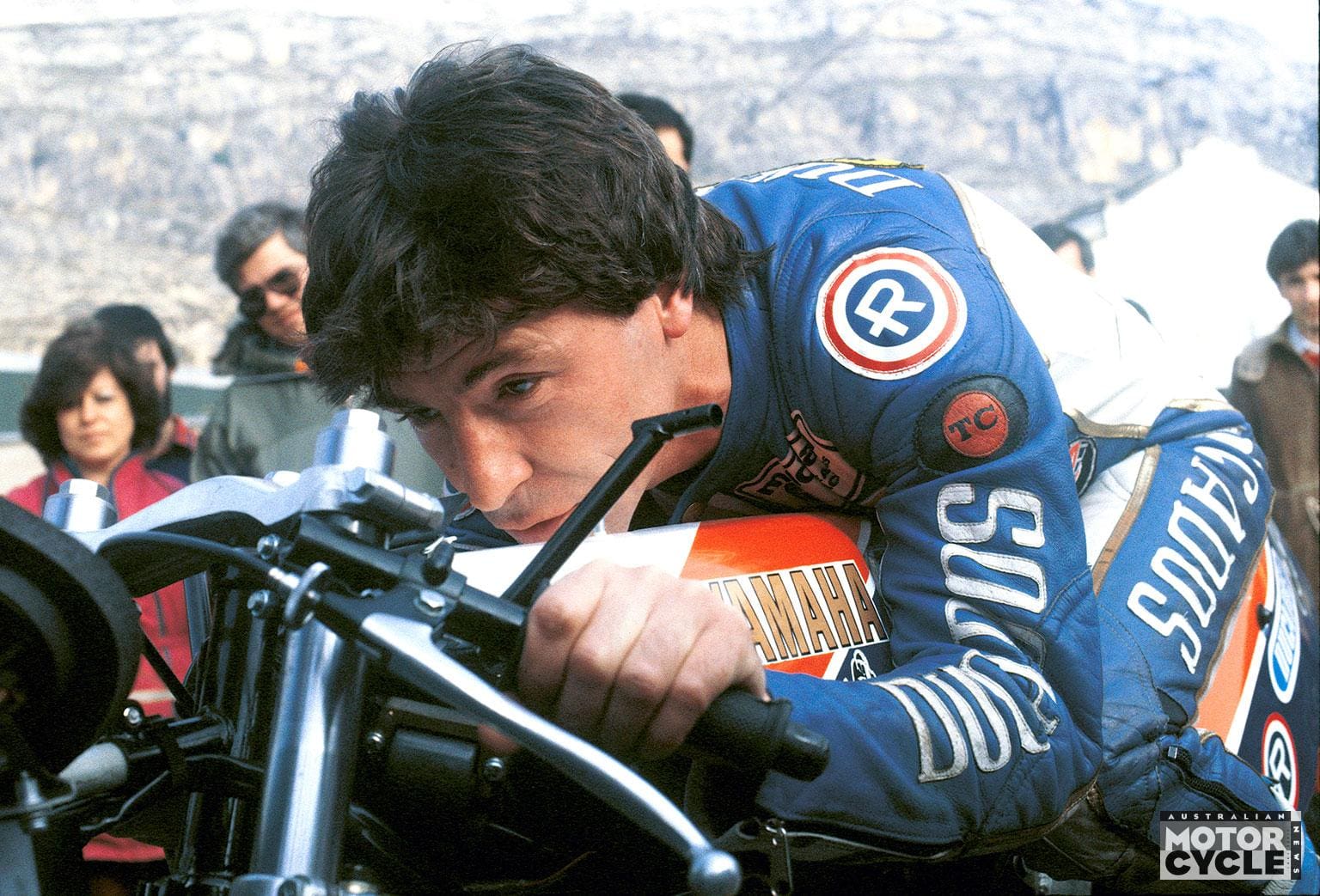TIM’S FIRST BIKE as a 16-year-old was a used 1927 250cc New Imperial which ignited a lifetime passion for motorcycling. Initially competing in local reliability trials such as the Ariel 6 Hour and the gruelling Adelaide Advertiser 24 Hour, Tim also took on the 1954 tri-state Redex Trial, an epic event which deteriorated into a rain-sodden seven-day torture test. If nothing else, this single event turned the young rider into a master of the mudbath.
This proved useful, as just twelve months later he was in soggy England testing motorcycles for Associated Motor Cycles (AMC) and taking tips from works rider Gordon Jackson. By now Tim was a regular Scrambles competitor on his Matchless 350 and 500, and a win in the Welsh Three Day saw him selected for the AMC 1956 International Six Day Trial team. Tim won a Gold Medal – the first ever for an Australian.
One of a three-man Australian Team for the 1957 ISDT – all aboard Czech machines as a repercussion of the cold war – Tim won Bronze, but riding a Jawa cost him his position with AMC. A job with Ariel followed before
AMC eventually relented and provided a Matchless 500 for him to use in Europe, so he swagged across the continent, supplementing his income on a BSA Gold Star.
Tim recalls “In addition to scrambles and enduro, I used to do a bit of road racing in Britain, Europe or behind the Iron Curtain – everywhere really – because if you could earn a feed twice a day it was better than once a day.”
Rather than suffer another English winter, in late 1959 Tim headed to the USA. Despite having accumulated three Gold ISDT medals and many scrambles wins, Tim couldn’t get an AMA Pro licence and was told to join a local club to “get some experience.”
His first event was on a wet and muddy grass track and, on a borrowed Royal Enfield drag bike fitted with knobbies for the day, Tim won his Amateur heat, then the final, and was prompted by the bike’s owner to ride Expert. The AMA referee allowed Tim to start behind the field so he “wouldn’t get in the way of the experts.” He took the lead on the first lap, won the event and lapped most of the field.
In California Tim met US racer Bud Ekins, which led to a job dressing up as an Officer of the Waffen SS, riding a Triumph 650 made up as a BMW, and chasing Steve McQueen in the movie ‘The Great Escape’.
During his US sojourn, Tim twice rode the ‘Big Bear Run’ – an extreme Californian cross- country race.

In 1961 he married Joan, and settling in her home town of Palmerston North, New Zealand, where he’s been ever since. After an enjoyable injury-free career and a total of six Gold and one Bronze ISDT medals he stopped competing at 60, though his involvement with motorcycles actually increased. In addition to the motorcycle shop he owned for twenty years, Tim founded the New Zealand Motocross Grand Prix, engineering and building the track on his in-laws’ property in Woodville; this event remains New Zealand’s largest and longest-running MX meeting.
Tim was also involved in organising New Zealand’s Enduro Championship, the Top Gun MX Series and the MNZ Road Racing Championships while also finding the time to manage the New Zealand ISDE and Motocross des Nations Teams.
In 2002 Tim and his wife Joan invested in NZ’s first transponder lap scoring/ timing system which is now used universally. It seems only natural that Tim found himself on the Motorcycling NZ Executive body.
Predictibly, Tim didn’t see eye to eye with the bureaucracy, recalling his involvement “enabled me to learn about character- building and assassination.” Nonetheless he was soon elected a Life Member, winning the John Britten ‘Innovation and Service to the Industry Award’, and later a ‘Distinguished Service Award’ from Motorsport NZ.
In 2016 he was inducted into the MNZ Hall of Fame.
What’s Tim Gibbes up to now? “I was told that when you retire, you get even busier, so I haven’t retired – I don’t want to get that busy,” he replied. There’s lots of community work to do and Tim still takes an interest in motorsport. And the environment too: when Tim walks his dogs Milo and Cocoa he takes gloves and bin bags, so no rubbish on his route remains behind.
By PETER WHITAKER












